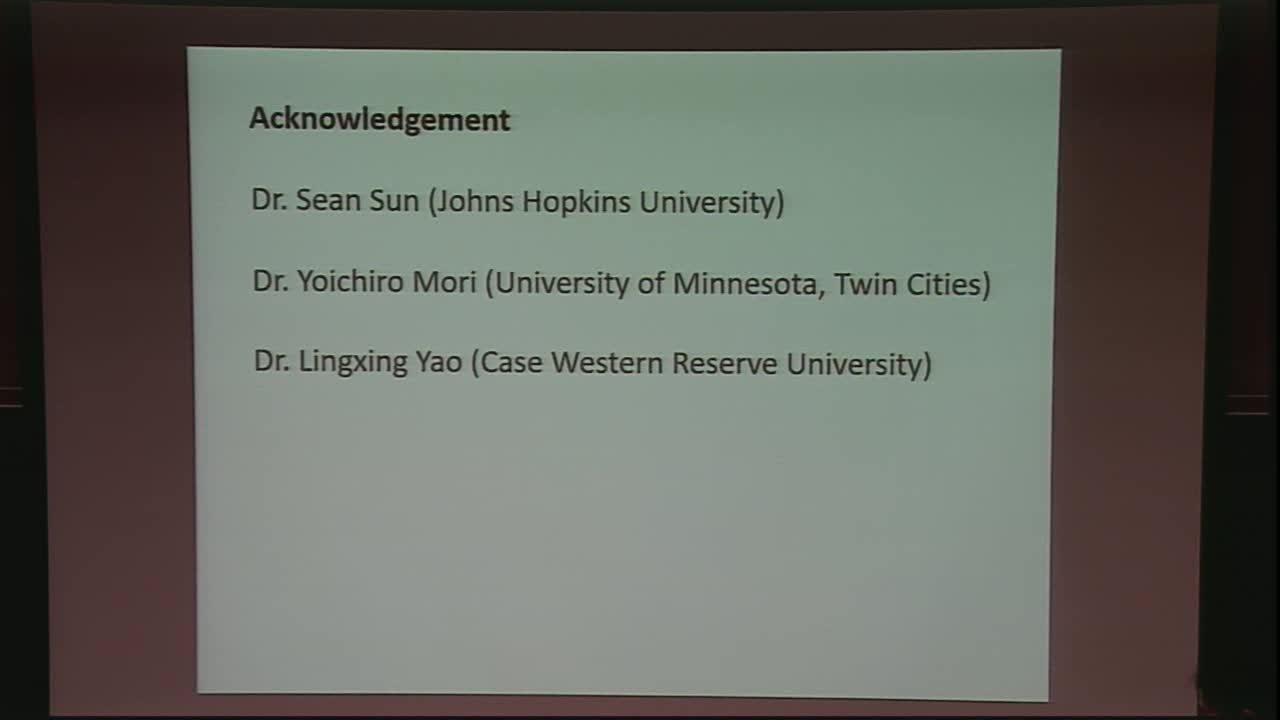Transition between actin-driven and water-driven cell migration depends on the external coefficient of hydraulic resistance
Presenter
March 15, 2018
Keywords:
- actin, water flux, cell migration, two-phase model
Abstract
Cells in vivo can reside in diverse physical and biochemical environments. For example, epithelial cells typically live in a two-dimensional (2D) environment while metastatic cancer cells can move through dense three-dimensional (3D) matrices. These distinct environments impose different kinds of mechanical forces on cells, and thus potentially can influence the mechanism of cell migration. For example, cell movement on 2D flat surfaces is mostly driven by forces from focal adhesion and actin polymerization, while in confined geometries, it can be driven by water permeation. In this work, we utilize a two-phase model of the cellular cytoplasm, where the mechanics of the cytosol and the F-actin network are treated on an equal footing. Using conservation laws and simple force balance considerations, we are able to describe the contribution of water flux, actin polymerization and flow, and focal adhesions to cell migration in both 2D surfaces and in confined spaces. The theory shows how cell migration can seamlessly transition from a focal adhesion- and actin-based mechanism on 2D surfaces to a water-based mechanism in confined geometries.
